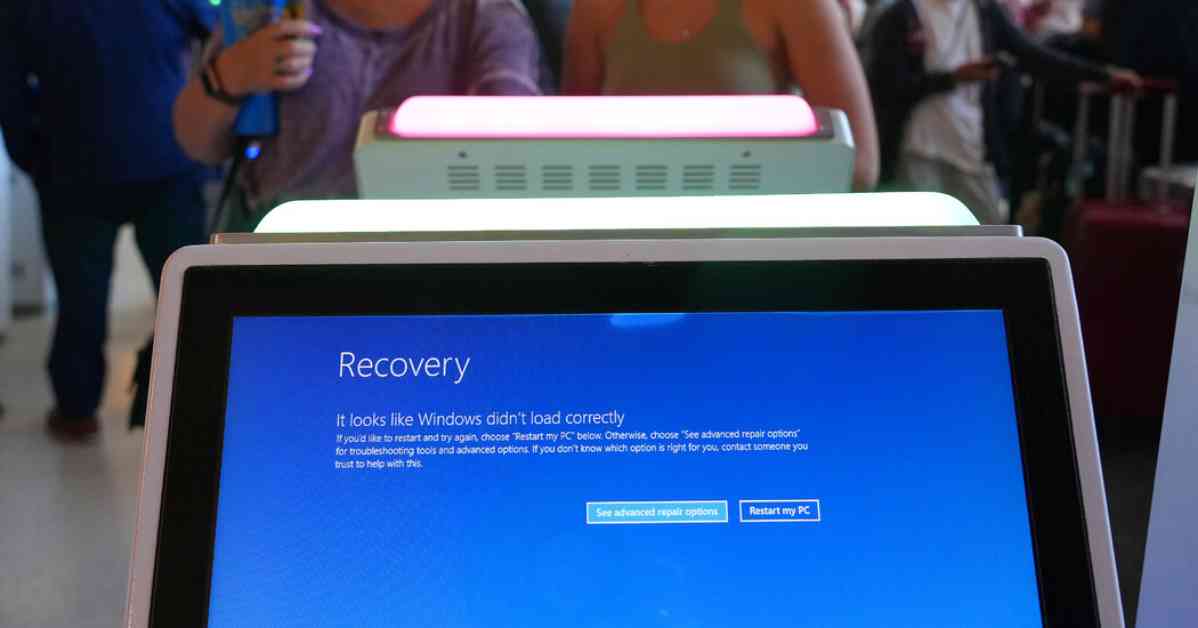In the wake of the recent digital chaos that affected airports, hospitals, and TV stations due to a software bug, the concept of ‘digital resilience’ has come into focus. While there have been simulations of cyberattacks by nation-states like Russia and China, the recent meltdown was a result of human error, highlighting the fragility of interconnected networks.
The incident served as a stark reminder of the importance of cyber resilience in today’s digital age. The United States has been working towards improving its cybersecurity measures in recent years, with government partnerships with private industry and the creation of agencies like the Cybersecurity and Infrastructure Security Agency. President Biden even established a Cyber Safety Review Board to analyze major incidents and learn from them.
Despite these efforts, the incident on Friday demonstrated that there is still much work to be done in enhancing digital resilience. It revealed the need for a better understanding of the interconnected nature of digital systems and the potential consequences of even minor errors.
Moving forward, it is crucial for both government and private sector entities to continue working together to strengthen cybersecurity measures and address vulnerabilities. Cyberattacks are evolving rapidly, and it is essential to stay ahead of the curve to protect critical infrastructure and prevent future digital disasters.
By learning from incidents like the recent digital meltdown, the United States can improve its cybersecurity posture and better prepare for potential cyber threats in the future. Digital resilience is not just a buzzword – it is a critical aspect of national security in an increasingly interconnected world.




